Take the First Step For Estimate!
- Accurancy
- Efficiency
- Transparency
- Customization
- Time Saving
- Professionalism
- Cost Control
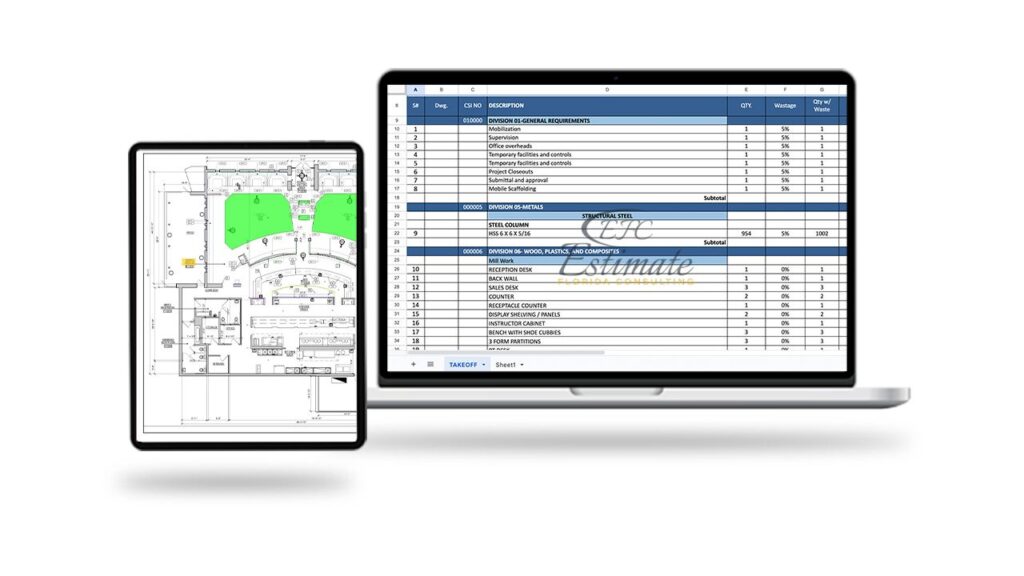
How much does it cost to replace flooring in an airport terminal? Choosing the right flooring for an airport terminal requires a fine balance between durability, aesthetics, and safety. Options like polished concrete, terrazzo, and high-grade commercial carpets stand out for their long-lasting nature and easy upkeep.
Prices vary from $5 to $20 per square foot, leading to a total investment of $500,000 to $2,000,000 for a 100,000-square-foot area.
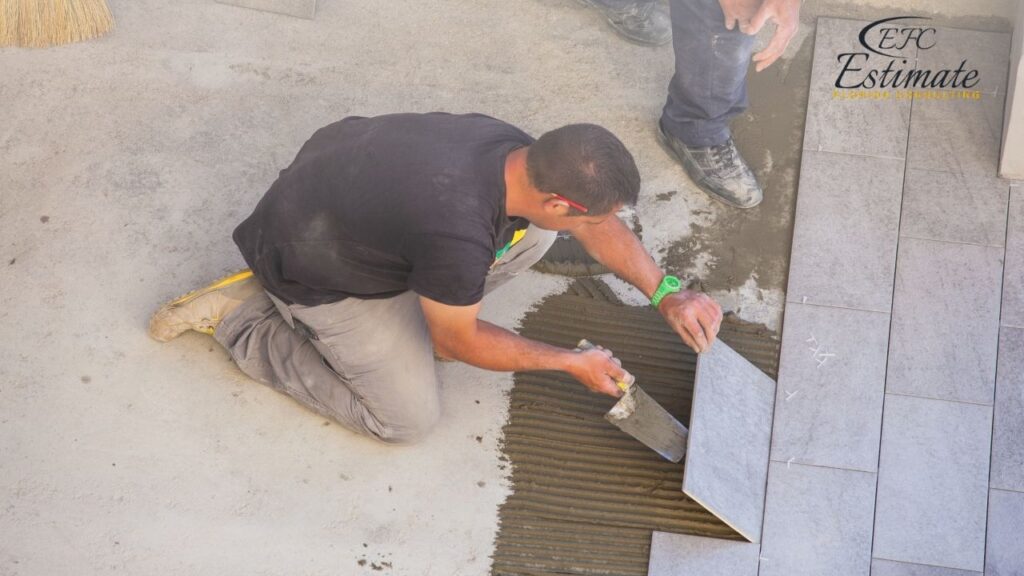
This range reflects the cost-effectiveness of commercial carpets and the premium nature of terrazzo or bespoke polished concrete, aiming to enhance both the terminal’s look and its ability to endure the bustling airport environment while welcoming travelers with a visually appealing space.

Flooring Material | Cost per Sq.Ft. | Total Cost for 100,000 Sq.Ft. |
Polished Concrete | $5 – $15 | $500,000 – $1,500,000 |
Terrazzo | $15 – $20 | $1,500,000 – $2,000,000 |
High-Grade Commercial Carpets | $5 – $10 | $500,000 – $1,000,000 |
The vast size and intricate layout of airport terminals significantly impact flooring replacement costs. With expansive areas covering various functions like concourses, check-in areas, and security zones, substantial quantities of materials and labor are often required for replacement. Larger areas necessitate greater volumes of flooring materials, while the complex layout may introduce challenges in installation, potentially increasing labor costs.
The selection of flooring material plays a crucial role in determining replacement costs. Airport terminals utilize various options such as carpet, vinyl, terrazzo, ceramic tile, and natural stone, each with its own cost implications. The choice depends on factors like durability, aesthetics, maintenance requirements, and compliance with safety standards. While carpet may offer comfort and noise reduction benefits, it may require more frequent replacement due to wear and staining. Conversely, materials like terrazzo or natural stone may incur higher initial costs but offer greater longevity and durability, potentially resulting in lower lifecycle costs over time.
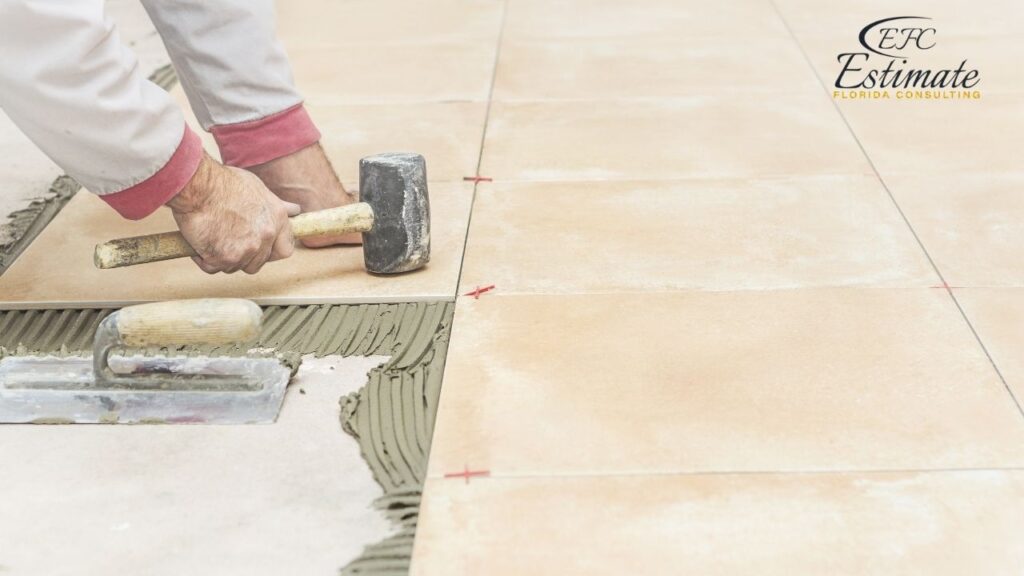
Labor costs constitute a significant portion of flooring replacement expenses and are influenced by several factors. The location of the airport project, skill level, and expertise of the workers required for airport projects impact labor costs. Specialized skills or certifications may be necessary for tasks like floor installation in high-traffic areas or compliance with aviation regulations, potentially adding to labor expenses. Additionally, the timing of the work can affect labor costs, with overtime rates often applied for projects conducted during off-hours or night shifts to minimize disruptions to airport operations.
The process of removing old flooring and preparing the subfloor for new installation is another cost-influencing factor. Demolition and disposal of existing materials, as well as any required subfloor repairs or leveling, contribute to project expenses. The condition of the existing substrate and the complexity of the removal process can significantly impact the time and resources required for preparation, thereby affecting costs. Adherence to safety and environmental regulations during the removal and disposal process may also incur additional expenses.
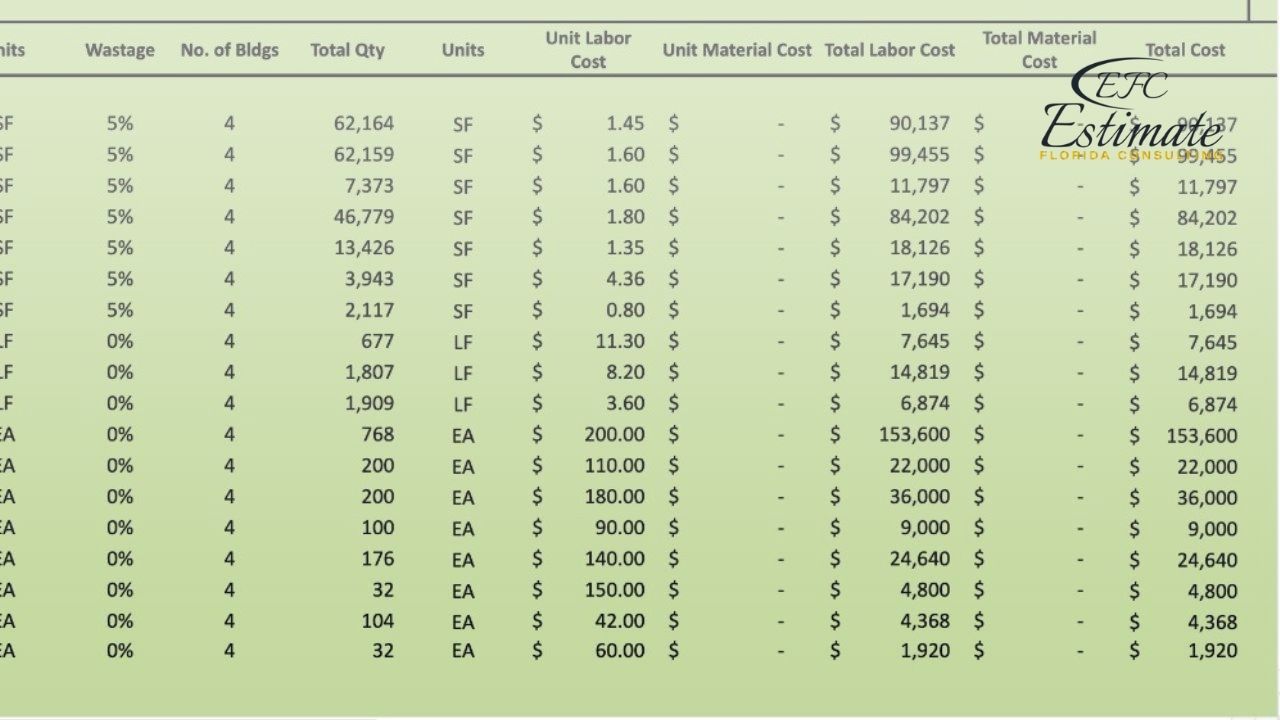
ZIP Code Based Estimate
Highly Accurate
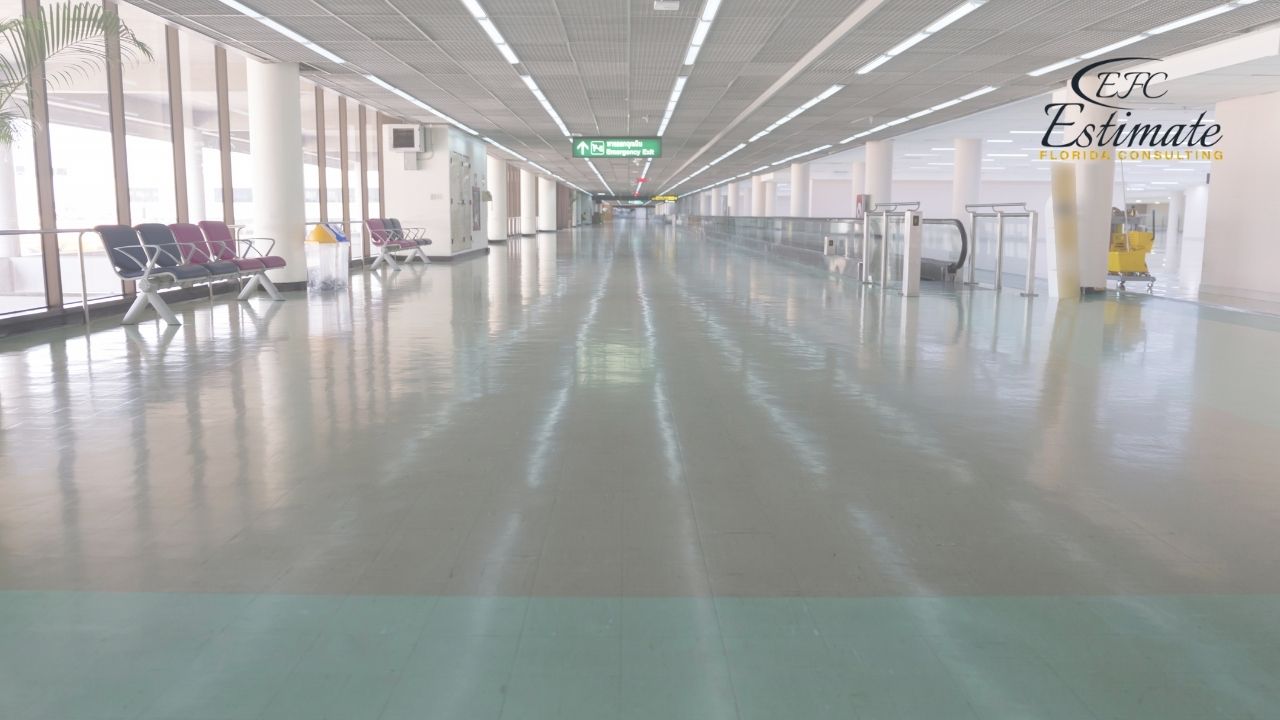
Fully Insured Licensed Hire Contractor for Airport Terminals Flooring Replacement
Hire Contractor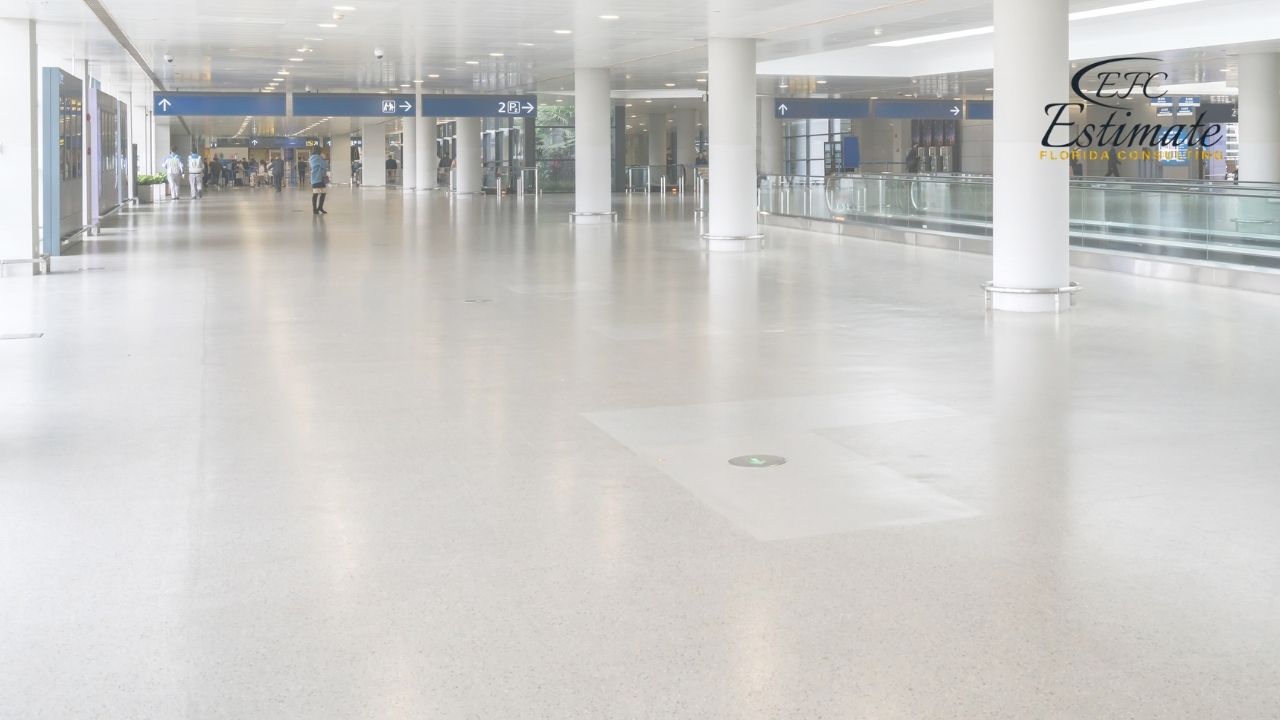
Make Informed Design Decisions Showcase Your Design Ideas
Get RenderingMinimizing disruptions to airport operations is crucial during flooring replacement projects but can also impact project costs. Working around airport schedules, including peak travel times and flight schedules, may necessitate adjustments to the project timeline and additional coordination efforts. Implementing measures to mitigate disruptions, such as phased installations or night work, can impact project costs due to potentially higher labor rates or extended project durations. Balancing the need to maintain airport operations with efficient project management practices is essential for controlling costs and ensuring successful flooring replacement in airport terminals.
Here’s the information presented in a table format for the cost range of flooring replacement in airport terminals, categorized by airport size:
Airport Size | Cost Range |
Small Regional | Low: $50,000 – $200,000 |
Mid: $200,000 – $500,000 | |
High: $500,000+ | |
Mid-Sized | Low: $200,000 – $1,000,000 |
Mid: $1,000,000 – $5,000,000 | |
High: $5,000,000 – $10,000,000+ | |
Major International | Low: $1,000,000 – $5,000,000 |
Hub | Mid: $5,000,000 – $20,000,000 |
High: $20,000,000 – $50,000,000+ |
These estimates encompass the costs of materials, labor, surface preparation, removal of existing flooring, and compliance with airport regulations and safety standards. They are general estimates and can vary based on specific airport requirements, material quality, customization, and other factors.
Effective project management commences with thorough and early planning. Engage stakeholders from various departments and establish clear project objectives, timelines, and budget allocations. Conduct comprehensive assessments of existing flooring conditions, considering factors like wear and tear, safety concerns, and compliance requirements. Early planning enables proactive decision-making and risk mitigation strategies, laying a solid foundation for project success.
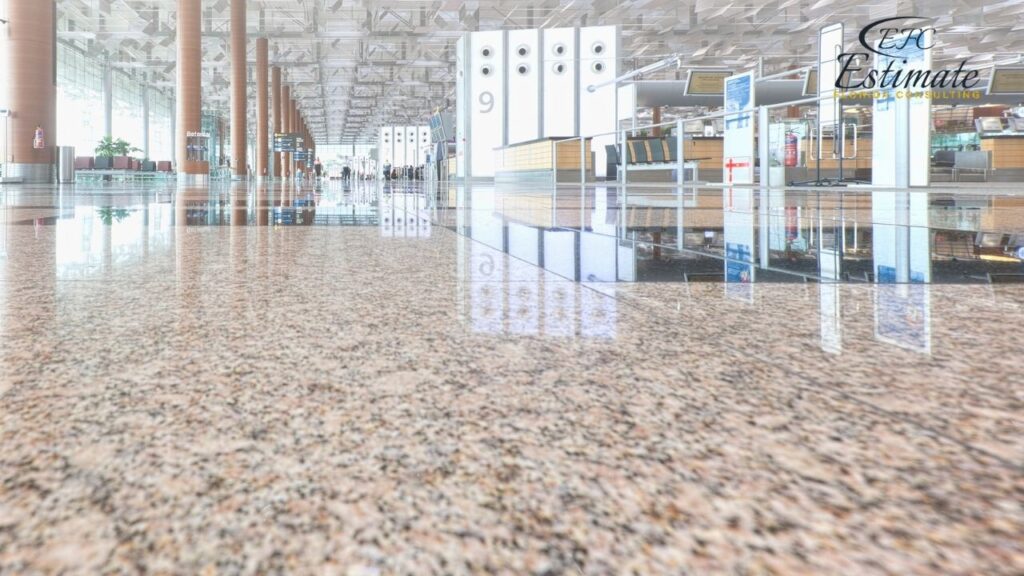
The selection of flooring materials is a critical decision that directly impacts project outcomes and long-term operational efficiency. Different areas within airport terminals, such as concourses, check-in counters, security zones, and baggage claim areas, have unique requirements in terms of durability, aesthetics, maintenance needs, and safety standards. By carefully assessing these factors and choosing appropriate materials for each area, project managers can optimize performance while ensuring cost-effectiveness and regulatory compliance.
Seamless collaboration with contractors and vendors is essential for the smooth execution of flooring replacement projects. Establish clear communication channels and project protocols to facilitate efficient coordination among all stakeholders. Define roles and responsibilities, set performance expectations, and establish robust reporting mechanisms to monitor progress and address any issues promptly. Foster a culture of collaboration and teamwork to ensure alignment with project goals and objectives.
Minimizing disruptions to airport operations and ensuring passenger safety are paramount considerations during flooring replacement projects. Implement proactive strategies, such as phased installations, night work schedules, and temporary closures, to mitigate disruptions and maintain operational continuity. Adhere strictly to safety protocols and regulatory requirements to safeguard the well-being of passengers, airport personnel, and construction workers. Prioritize clear signage, wayfinding solutions, and barrier systems to ensure passenger safety and facilitate smooth traffic flow within the terminal environment.
Maintain stringent quality assurance processes to uphold the highest standards of workmanship and compliance throughout the project lifecycle. Conduct regular inspections, quality audits, and performance reviews to monitor progress, identify any deviations from project specifications, and address issues promptly. Implement corrective measures as needed to maintain project quality and integrity, ensuring adherence to contractual obligations and stakeholder expectations.
Foster transparent communication and active engagement with all relevant stakeholders, including airport authorities, airlines, tenants, regulatory agencies, and passengers. Provide regular updates on project milestones, schedules, and potential impacts to minimize uncertainty and address concerns proactively. Solicit feedback from stakeholders to gauge satisfaction levels, identify areas for improvement, and enhance overall project outcomes. By fostering open dialogue and collaboration, project managers can build trust, foster positive relationships, and promote stakeholder buy-in for successful project delivery.
Anticipate and plan for potential risks, challenges, and unforeseen circumstances that may arise during flooring replacement projects. Develop comprehensive contingency plans that outline response strategies, resource allocation mechanisms, and alternative courses of action to mitigate adverse impacts and maintain project momentum. Allocate appropriate reserves for contingencies and establish clear escalation procedures to address critical issues promptly. By proactively managing risks and uncertainties, project managers can enhance project resilience, minimize disruptions, and ensure successful project outcomes.

Here’s the information presented in a table format for the various flooring materials commonly used in airport terminals, along with their respective cost ranges and lifespans:
Flooring Material | Cost Range (per sq ft) | Lifespan | Additional Notes |
Carpet | $2 – $6 | 5 to 15 years | May require frequent replacement due to heavy foot traffic. |
Vinyl | $2 – $7 | 10 to 20 years | Relatively cost-effective compared to other options. |
Terrazzo | $20 – $50+ | 50+ years | High upfront costs but long-term durability with minimal maintenance. |
Ceramic Tile | $5 – $15 | 20 to 50 years | Durable, easy to clean, suitable for high-traffic areas. |
Natural Stone | $15 – $100+ | 50+ years | Premium look and high durability, but comes with a high price tag. |
These cost ranges are general estimates and can vary based on factors such as material quality, installation complexity, and regional pricing differences. Lifespan provided is an estimate based on proper maintenance practices. Installation labor costs are not included in these estimates and should be factored into the overall expense. When considering flooring options for airport terminals, it’s essential to evaluate upfront costs against expected lifespan and maintenance requirements to make informed decisions regarding long-term investments in flooring.
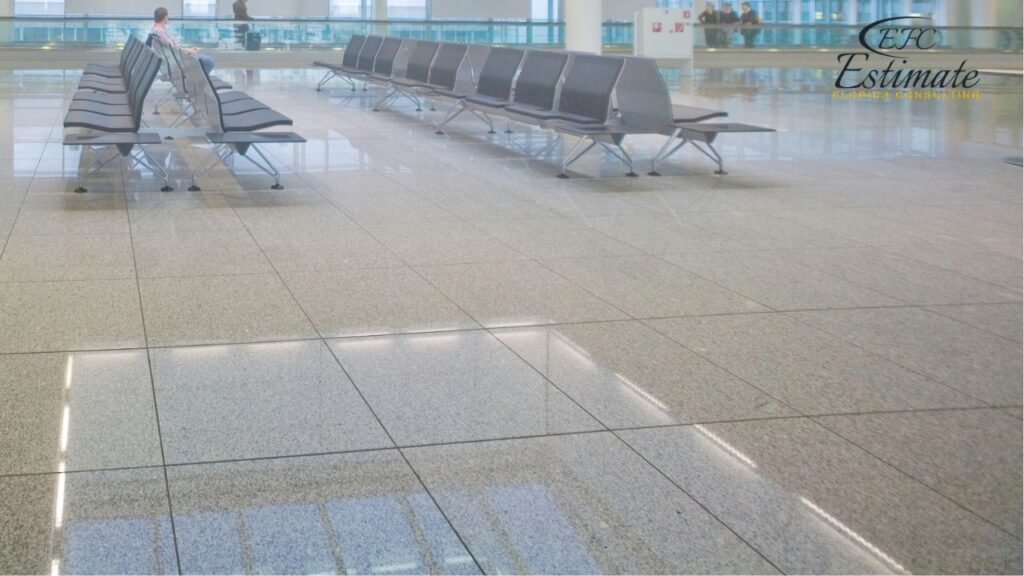
Flooring replacement projects in airport terminals require meticulous planning, strategic material selection, and effective project management to ensure successful outcomes. By considering factors such as project scale, material choice, labor costs, and passenger safety, airport authorities and project managers can navigate the complexities of these projects while controlling costs and minimizing disruptions to operations. Through transparent communication, stakeholder engagement, and comprehensive contingency planning, airports can achieve durable, aesthetically pleasing flooring solutions that enhance the passenger experience and contribute to the long-term sustainability of terminal facilities. By implementing best practices and leveraging the diverse range of flooring materials available, airports can make informed decisions that balance upfront costs with long-term durability and maintenance requirements, ultimately optimizing the value and performance of their terminal spaces.
So, why wait? Send us your plans and give us a call now. Let’s make your project a success together!

Key factors include durability to withstand high foot traffic, ease of maintenance, safety requirements to minimize slip hazards, aesthetic appeal to reflect the terminal’s image, and budget constraints. Material choice also considers long-term wear and the need for quick repairs or replacements with minimal disruption to operations.
Authorities can start by assessing the total area requiring new flooring and then select appropriate materials based on desired durability, aesthetics, and budget. Consulting with flooring professionals for current prices per square foot, considering both material and installation costs, and adding a contingency for unexpected expenses will provide a comprehensive cost estimate.
Yes, many modern flooring solutions offer environmental benefits, such as recycled content terrazzo, low-VOC emissions carpets, and sustainably sourced polished concrete. These options support green building standards without compromising on durability or design.
The project duration varies based on the flooring area, material selection, and the terminal’s operational schedule. Planning for phased installations during low-traffic hours can minimize disruptions. Typically, projects might range from a few weeks to several months for extensive areas.
Maintenance requirements vary by material but generally include routine cleaning, prompt spill management, and periodic refinishing or sealing for materials like polished concrete and terrazzo. High-traffic areas may need more frequent attention to maintain appearance and safety standards.
Yes, with careful planning, areas of the terminal can remain operational by phasing the work and utilizing barriers to minimize disruption and ensure passenger safety. Communication with travelers and staff is key to managing foot traffic around construction zones effectively.
Flooring choices significantly affect both safety, through slip resistance and ease of navigation, and passenger experience, through noise reduction and visual appeal. Selecting the right materials can enhance overall safety, comfort, and satisfaction, contributing to a positive perception of the airport facility.
Here I am going to share some steps to get your flooring replacement cost for airport terminals estimate report.
You can send us your plan on info@estimatorflorida.com
Before starting your project, we send you a quote for your service. That quote will have detailed information about your project. Here you will get information about the size, difficulty, complexity and bid date when determining pricing.
Our team will takeoff and estimate your project. When we deliver you’ll receive a PDF and an Excel file of your estimate. We can also offer construction lead generation services for the jobs you’d like to pursue further.



561-530-2845
info@estimatorflorida.com
Address
5245 Wiles Rd Apt 3-102 St. Pete Beach, FL 33073 United States
561-530-2845
info@estimatorflorida.com
Address
5245 Wiles Rd Apt 3-102 St. Pete Beach, FL 33073 United States
All copyright © Reserved | Designed By V Marketing Media | Disclaimer